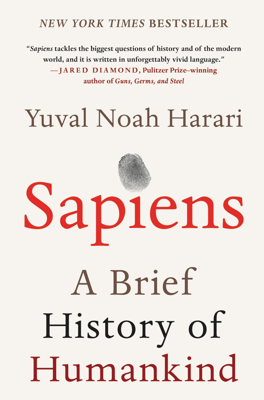The Arrow of History
Cultural Evolution and the Direction of History
Human societies have continually grown larger and more complex following the Agricultural Revolution, driven by increasingly elaborate constructed beliefs and social norms. These cultural constructs condition individuals from birth to think, act, and desire in specific ways, which form "artificial instincts," allowing effective cooperation among millions of strangers. This complex web of shared beliefs and practices is termed "culture."
In the past, scholars believed cultures were static, harmonized systems unchanged across time unless disrupted from the outside. Contrarily, modern scholarship recognizes that cultures are dynamic and subject to constant change due to environmental interactions, neighboring influences, and internal contradictions. Even isolated cultures change, driven by the need to reconcile internal inconsistencies.
Examples of Cultural Dynamics
Medieval Europe illustrates the dynamic nature of culture, with the coexistence of Christian humility and chivalric aggression. These contradictory ideals led Europeans to reconcile them through ventures like the Crusades and the creation of chivalric orders like the Templars. Similarly, the modern political landscape is shaped by attempts to reconcile the contradictory values of freedom and equality, a struggle evident in the contrasting social policies of different political parties.
Historical Flux and Unity
Cultures are not static but are in a state of continuous flux, influenced by internal dynamics and external interactions. Interestingly, historical developments tend to show a movement towards larger, more complex cultural unions, though this is punctuated by periods of fragmentation. For example, the Mongol Empire's expansion and subsequent fragmentation and the spread and division of Christianity and the Latin language.
From a longer-term perspective, history shows a clear direction towards unity. Over millennia, the number of distinct human cultures has declined dramatically, moving from thousands of autonomous groups to a few large, interconnected civilizations. Events like the collapse of various empires or the fragmentation of religious or linguistic groups are minor setbacks in this overall trend towards global unity.
The Global Cultural Landscape
By AD 1450, the vast majority of humanity was part of a single, interconnected cultural realm encompassing Africa, Asia, and much of Europe. The subsequent centuries saw this Afro-Asian cultural complex absorb other independent cultural regions through exploration, conquest, and integration, culminating in a singular global system by the modern era.
Today, there exists a unified global culture, albeit diverse in expression. This global culture is marked by universally recognized states, a global capitalist economy, international law, and universally accepted scientific truths. Despite the diversity of lifestyles and ideologies within this global framework, all human societies now operate within a common cultural and socio-economic framework.
Implications of Global Cultural Integration
The integration into a singular global culture has profound implications, including the homogenization of various cultural practices around the world. This is visible in aspects like global cuisine, where foods such as tomatoes, chili peppers, and potatoes, native to the Americas, have become staples across different national cuisines worldwide, illustrating the deep interconnectedness and mutual influence of world cultures.
